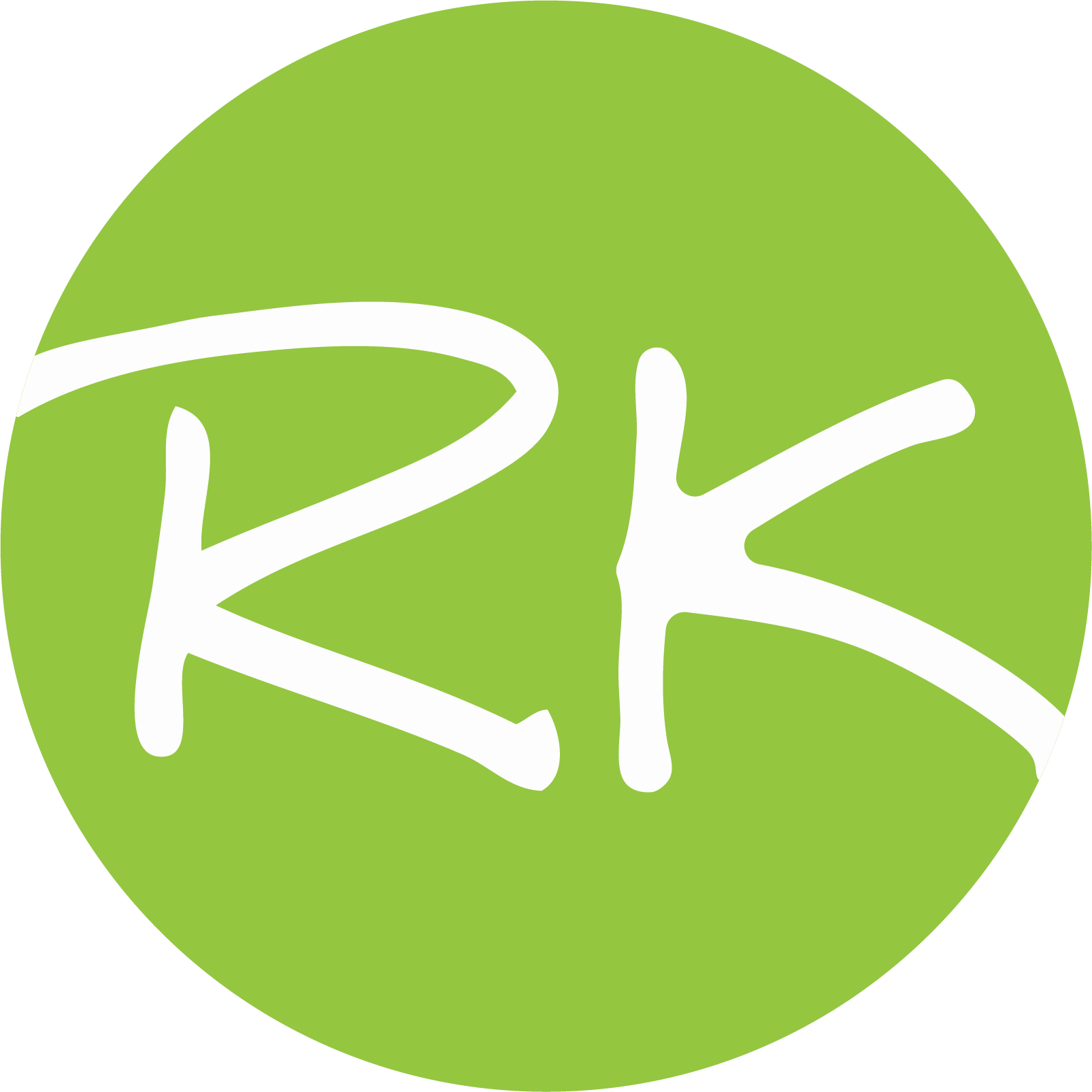Subscribe to the audio blog on your favorite podcast app: Subscribe I have been an Apple Mac person since 1990, owning one of the first little beige boxes containing an eight-inch screen and a one-megabyte hard drive. For years, this one purchase would be the largest for our young family. As years progressed, my household moved on to new and newer machines, offering a museum timeline of Apple upgrades worthy of the Smithsonian collection. With upgrading machines, it seems cables don’t always match. We now have USB C, replacing several other iterations of cables. With enough adapters, I have usually kept old-yet-expensive hardware longer than most. One such piece of gear is my 16-channel audio mixing and recording device. I thought retirement was in order. But today in my music studio, I discovered my FireWire 400 audio device still works! There’s a problem, however. It’s just not convenient to operate. Add to that the annoyance of a dialogue box reminding me that the latest Mac software updates will sunset the software that breathes life into my ancient machine. With upgrading, as in life, we have a recurring question. When is it time to move on versus time to hold on? I could …
Change, Uncertainty and the Creative Process: Five Principles to Remember
written by Rich Kirkpatrick 4 minutes read




